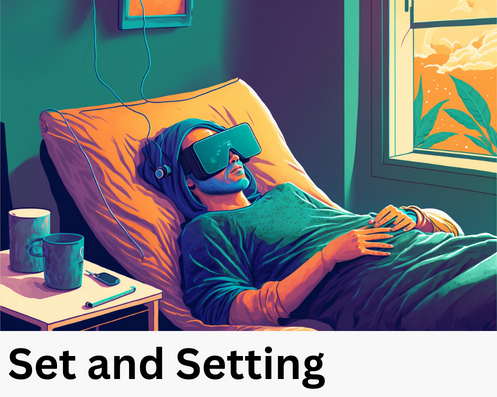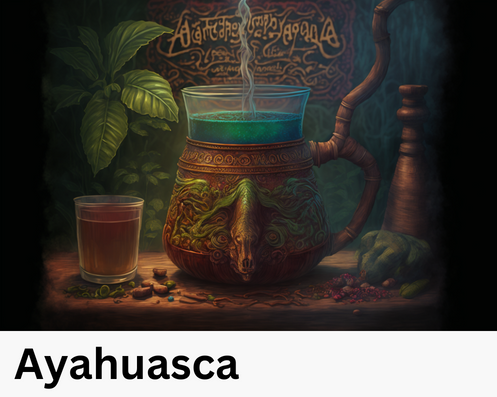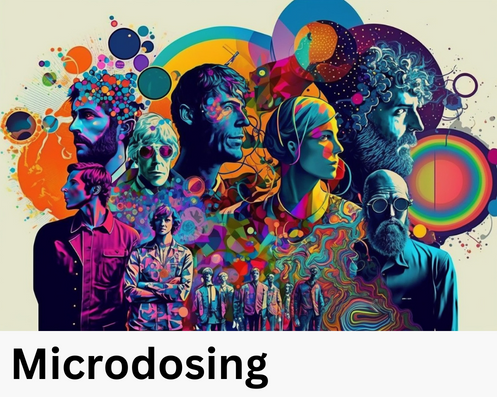
Overview
Microdosing is a practice that involves taking small, sub-perceptual doses of psychedelic substances, typically one-tenth to one-twentieth of a typical recreational dose. It has gained popularity in recent years, with many individuals reporting benefits such as improved mood and emotional stability, increased creativity and productivity, heightened spiritual and mystical experiences, enhanced relationships and social interactions, and reduced dependence on other substances.
The history of microdosing dates back to the 1960s, when researchers first began to explore the potential therapeutic uses of LSD and other psychedelics. However, the practice has gained wider attention in recent years, with the development of specific protocols and the proliferation of online communities and resources dedicated to microdosing.
While the benefits of microdosing are still being researched and debated, many individuals who practice microdosing report anecdotal benefits such as improved mood and emotional stability, increased creativity and productivity, heightened spiritual and mystical experiences, enhanced relationships and social interactions, and reduced dependence on other substances.
Different Protocols of Microdosing

The precise protocol for microdosing can vary depending on the substance and individual preferences, but there are several commonly used protocols that have emerged in recent years. The following are some of the most well-known protocols for microdosing:
Fadiman Protocol
The Fadiman Protocol is one of the most well-known and widely used protocols for microdosing. It was developed by psychologist James Fadiman, who conducted one of the first systematic studies of microdosing in the 1960s. Under this protocol, individuals take a microdose of LSD or other psychedelic substances every three days for a period of several weeks or months. The precise dosage varies depending on the substance and individual, but typically ranges from 5-20 micrograms of LSD.
Stamets Stack
The Stamets Stack is a protocol developed by mycologist Paul Stamets, who has studied the use of psilocybin mushrooms for various purposes. This protocol involves taking a combination of psilocybin mushrooms, lion’s mane mushrooms, and niacin, all of which are believed to enhance cognitive function and creativity. The precise dosages and timing of the stack can vary, but typically involves taking a small amount of psilocybin mushrooms (e.g. 0.1-0.3 grams), followed by lion’s mane mushrooms and niacin.
McDowell Method
The McDowell Method is a protocol developed by writer and advocate Michelle Janikian, who has written extensively on the topic of microdosing. This protocol involves taking a microdose of LSD or other psychedelic substances once a week, typically on a day off from work or other obligations. The idea behind this protocol is that it allows individuals to fully integrate the insights and creativity gained from the microdose before taking another.
Gorman Method
The Gorman Method is a protocol developed by writer and advocate Kyle Gorman, who has experimented extensively with microdosing LSD. This protocol involves taking a microdose of LSD every day for a period of several weeks, followed by a period of abstinence. Gorman argues that this protocol allows individuals to fully explore the potential benefits of microdosing, while minimizing the risk of tolerance and other negative effects.
Each protocol has its own strengths and weaknesses, and the choice of protocol will depend on individual preferences and goals. It’s important to note that while these protocols are based on anecdotal evidence, more research is needed to fully understand the safety and efficacy of microdosing.
Conclusion

Microdosing is a growing trend that involves taking small doses of psychedelic substances. While there is still much research to be done on the potential benefits and risks of microdosing, many people report positive effects such as increased creativity, productivity, and well-being. Different protocols for microdosing have emerged in recent years, with each having its own strengths and weaknesses. Ultimately, individuals interested in microdosing should do their own research and exercise caution when experimenting with these substances. As with any type of drug use, it is important to approach microdosing with mindfulness and responsibility.
Ultimately, individuals interested in microdosing should do their own research and exercise caution when experimenting with these substances. As with any type of drug use, it is important to approach microdosing with mindfulness and responsibility.











